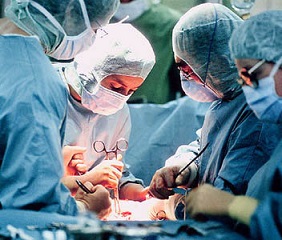Pacemakers made for quick fix
 Engineers are developing a temporary, battery-less pacemaker.
Engineers are developing a temporary, battery-less pacemaker.
Experts at Northwestern University in the US say that their temporary, implantable cardiac pacemaker works without cables or batteries and is fully absorbed by the body after a defined period of time.
The device, which has been tested in a series of animal models, could help patients recovering from heart surgery who are in need of temporary support to maintain their heart rate.
Temporary implantable cardiac pacemakers typically feature tubes and connections inserted through the skin, with external hardware that carries a risk of infection and limits patient mobility.
Moreover, when pacing is no longer needed, removal of the implanted device carries the risk of damaging heart tissue.
These limitations could be overcome by creating a device capable of operating without leads and with the capacity to dissolve in the body after the operation.
Rishi Arora, Igor Efimov, John Rogers and colleagues developed a fully implantable, thin and lightweight cardiac pacemaker for postoperative control of heart rate and rhythm.
The device is powered via wireless energy transfer, making it leadless and battery-free, and comprises constituent materials that are absorbed into the body by natural biological processes after a programmable timeframe.
The flexibility of these materials also allows the device to conform to the curved surface of the heart and adapt to its movements.
Testing revealed the capacity of this pacemaker to successfully pace human cardiac slices and mouse, rat, rabbit and canine hearts, and to completely degrade within three months of implantation in rats.
The experts say that their work is aimed at providing safer solutions for patients requiring postoperative temporary pacing technology.








 Print
Print